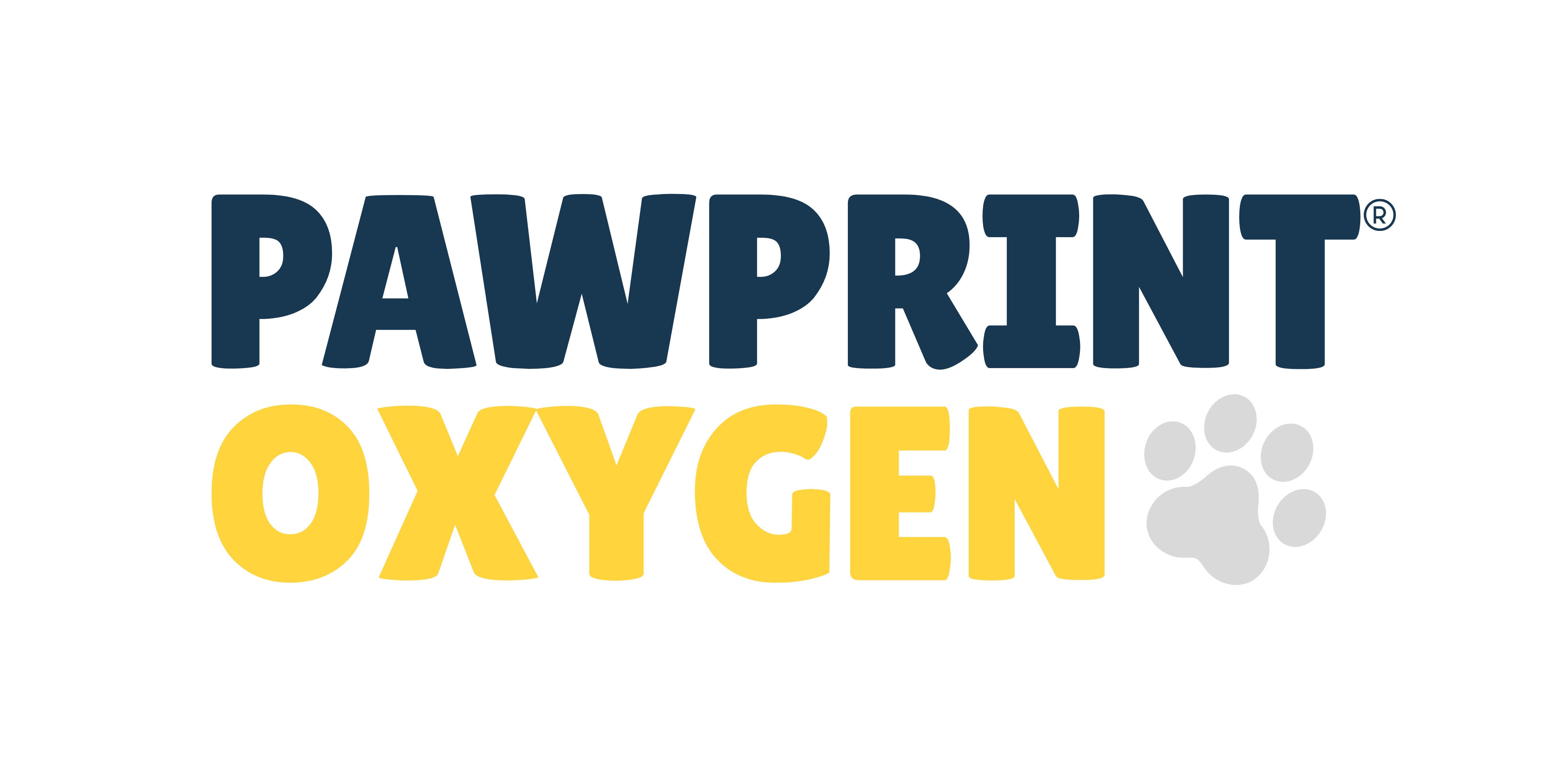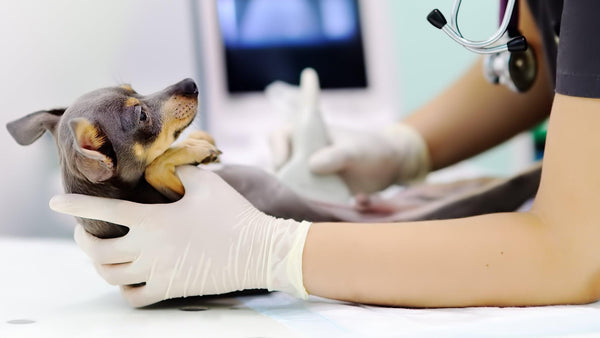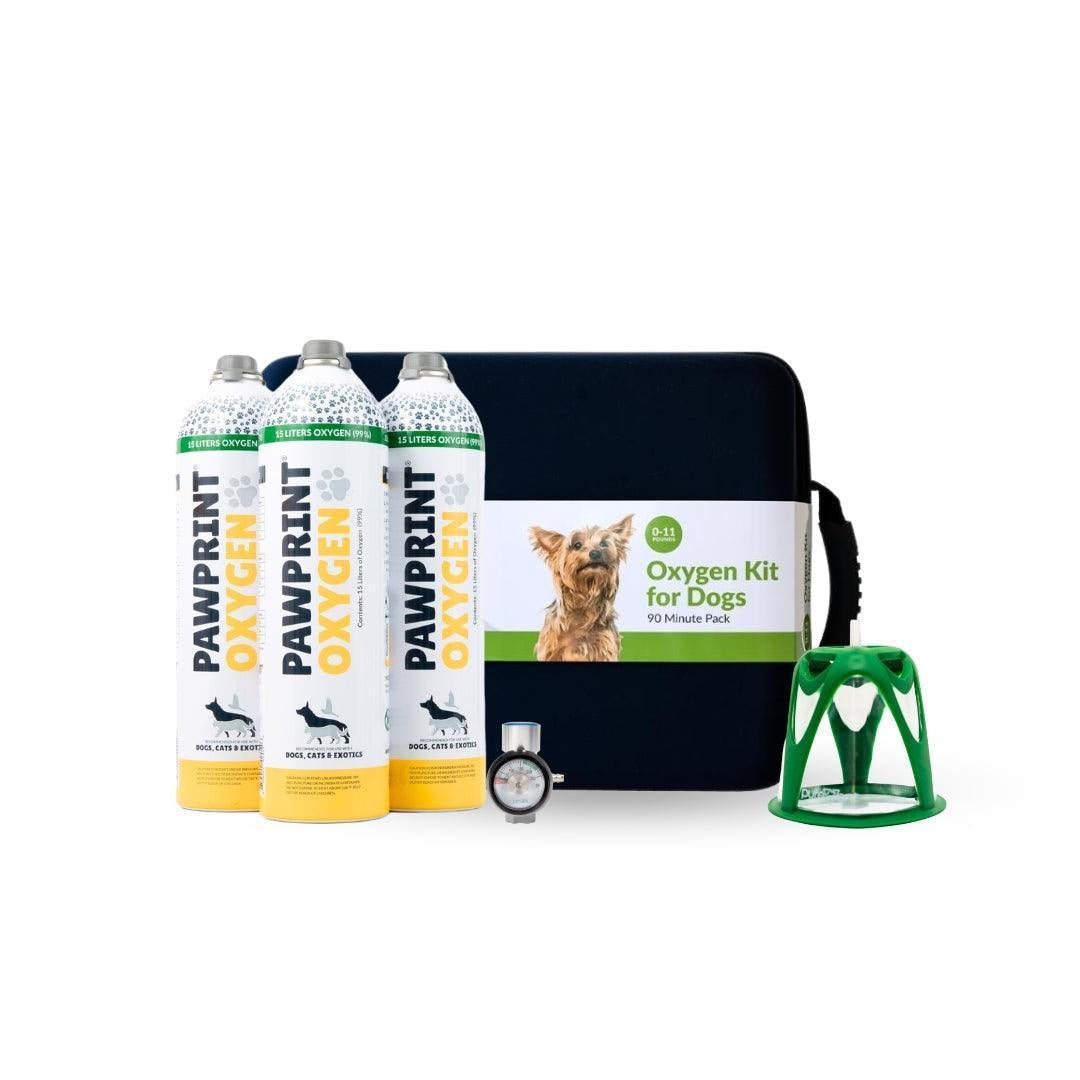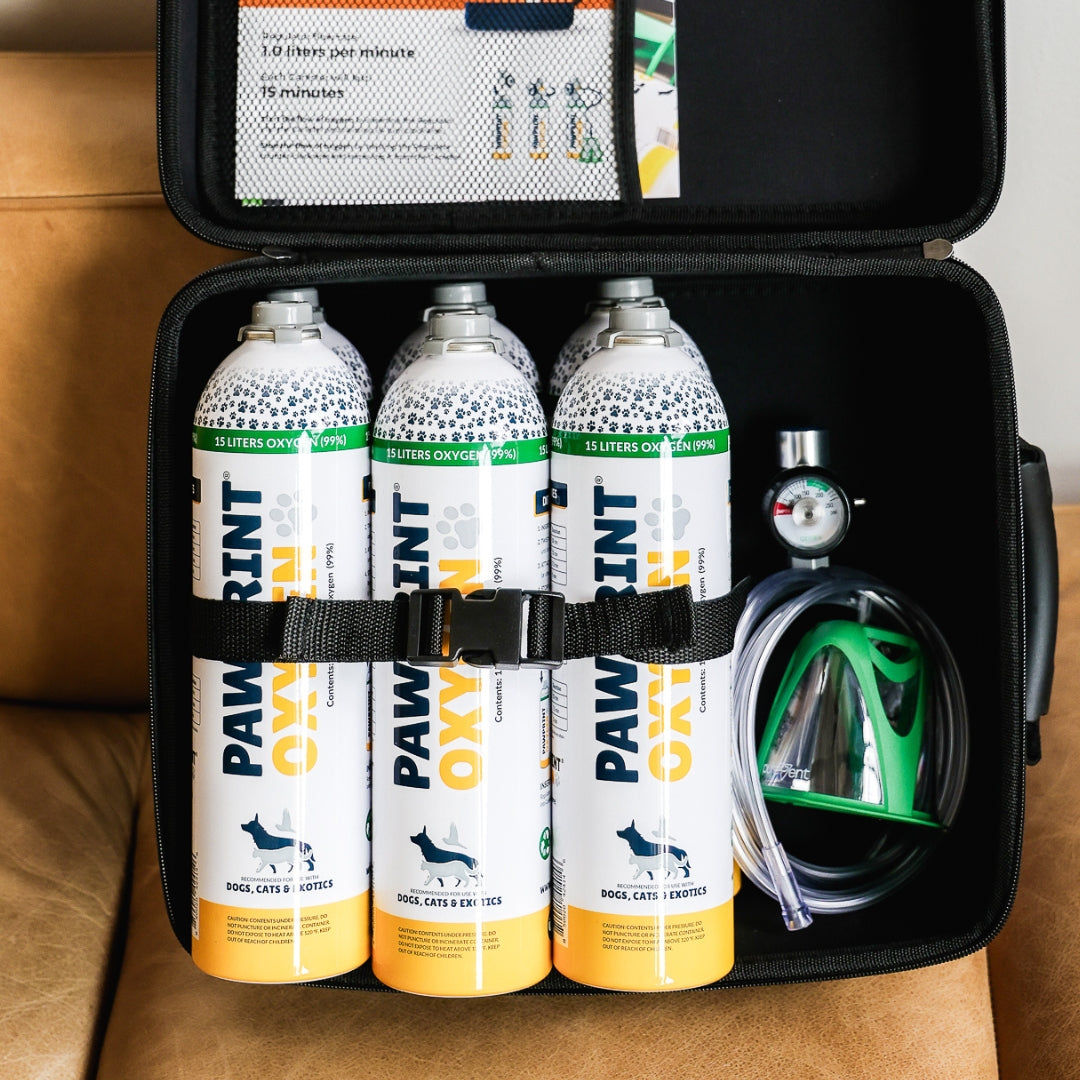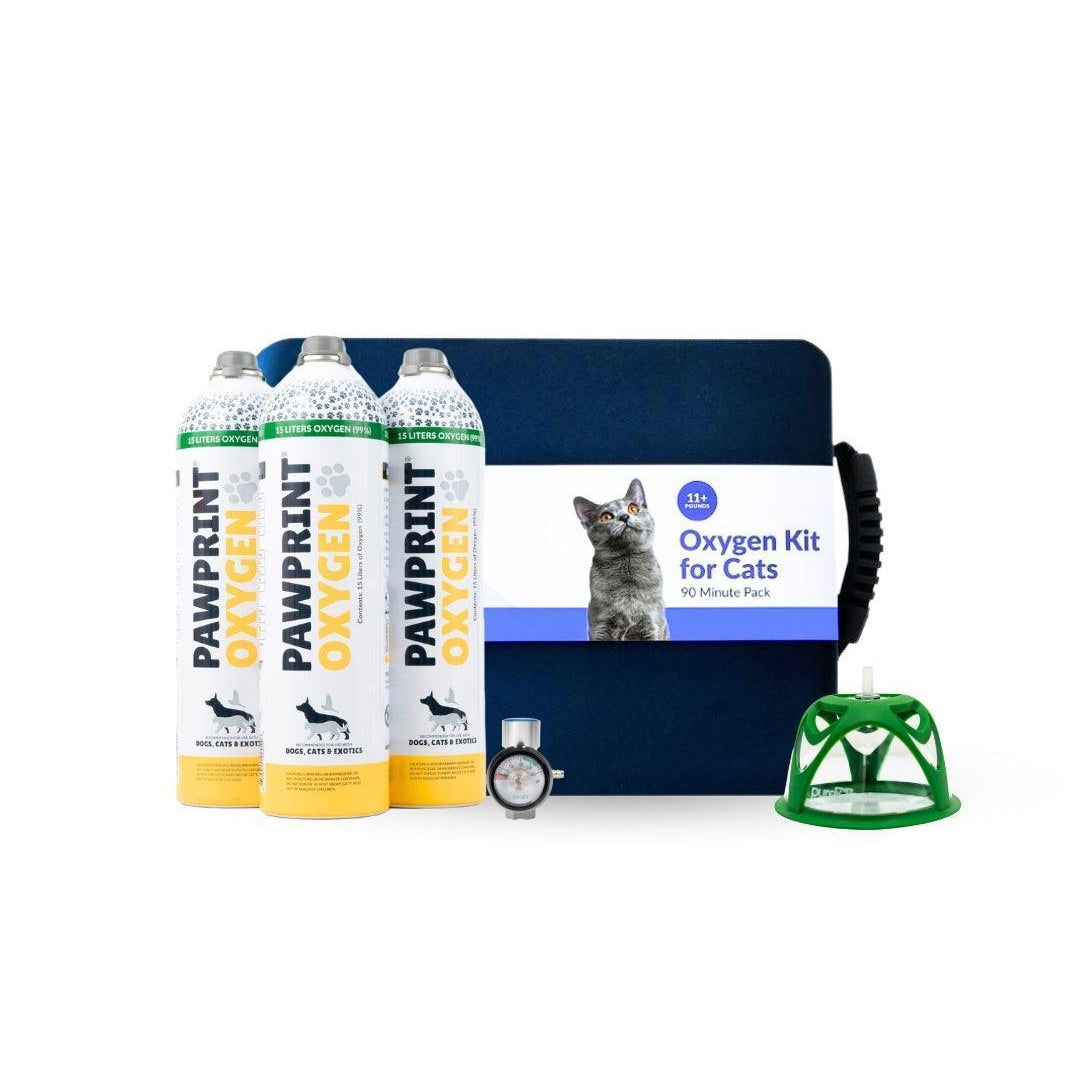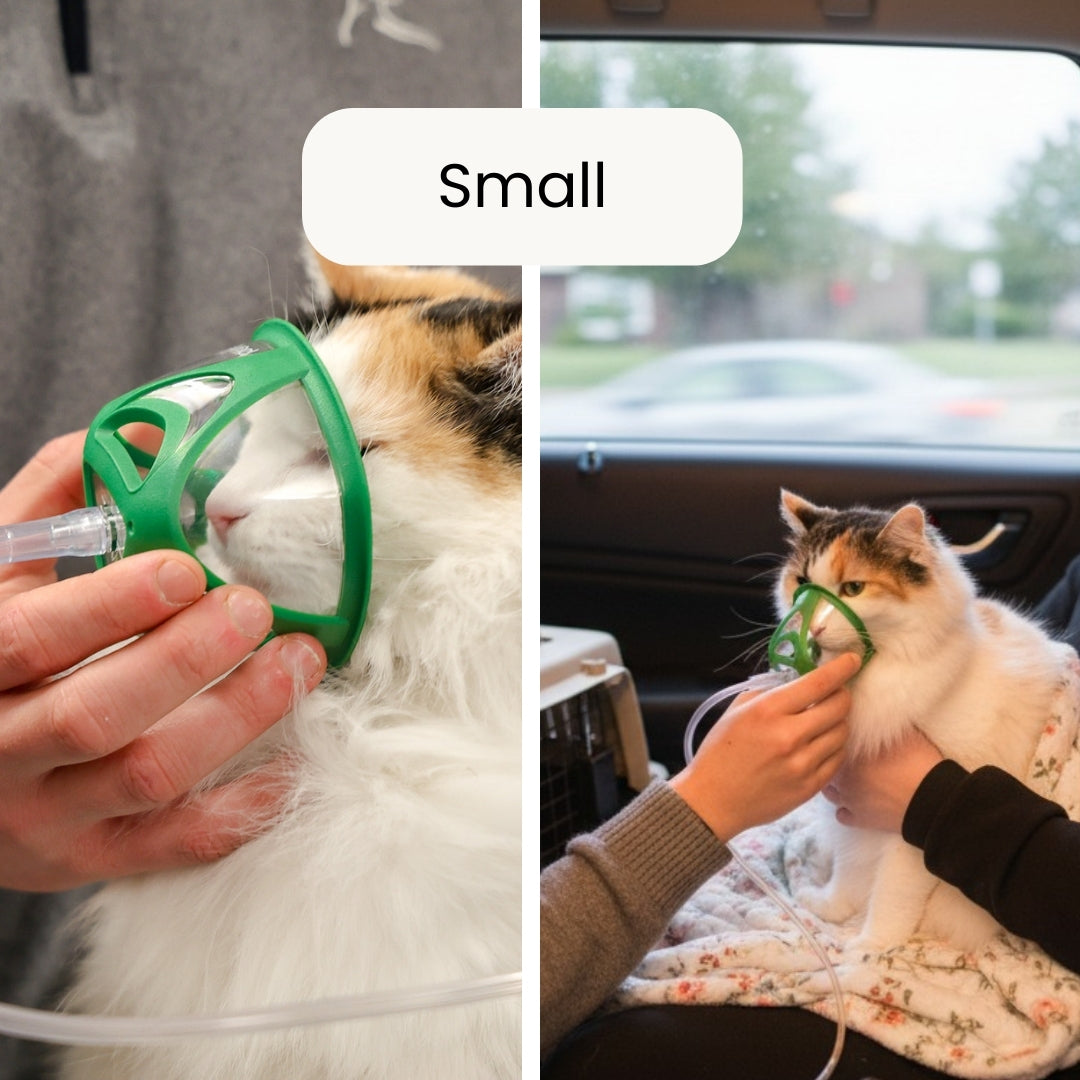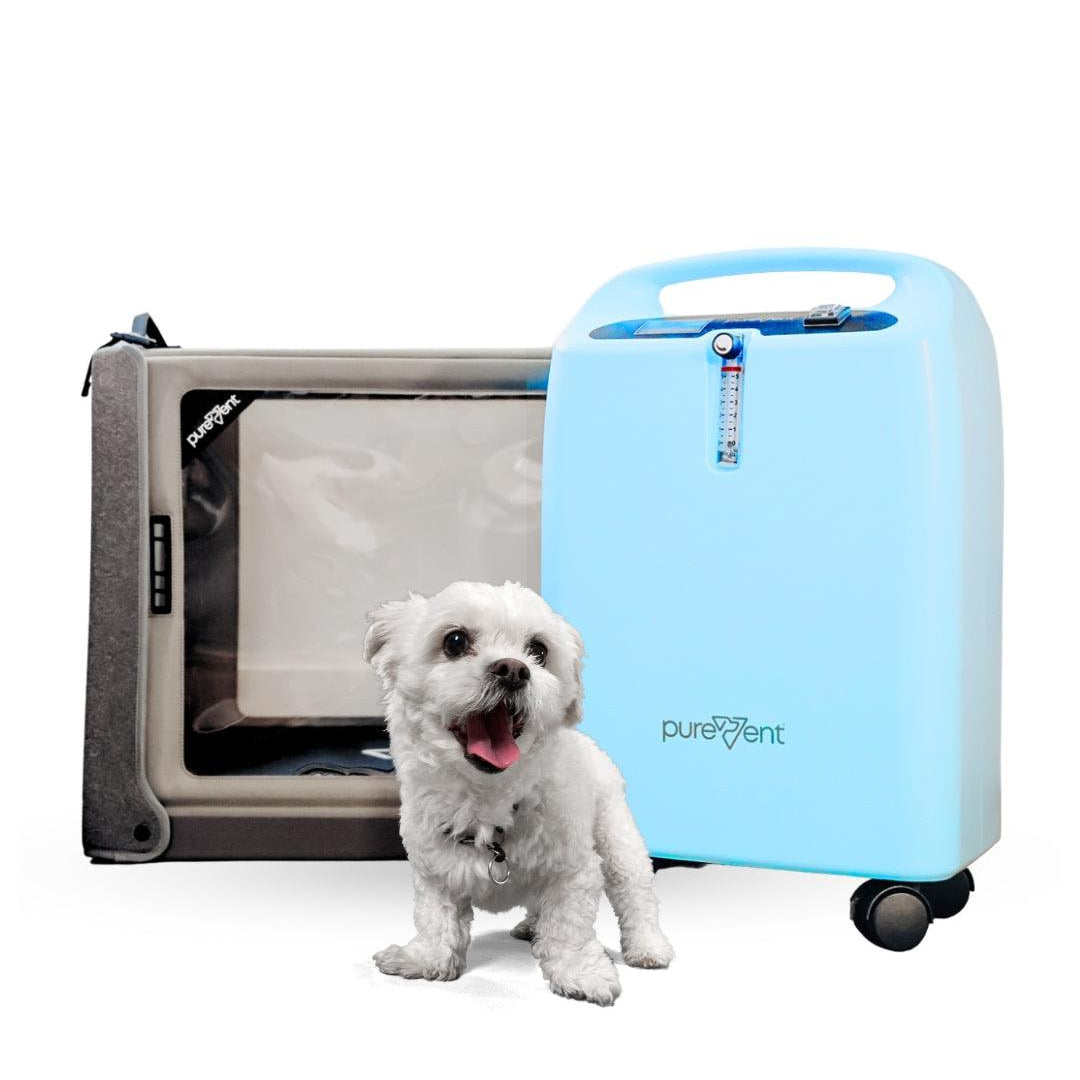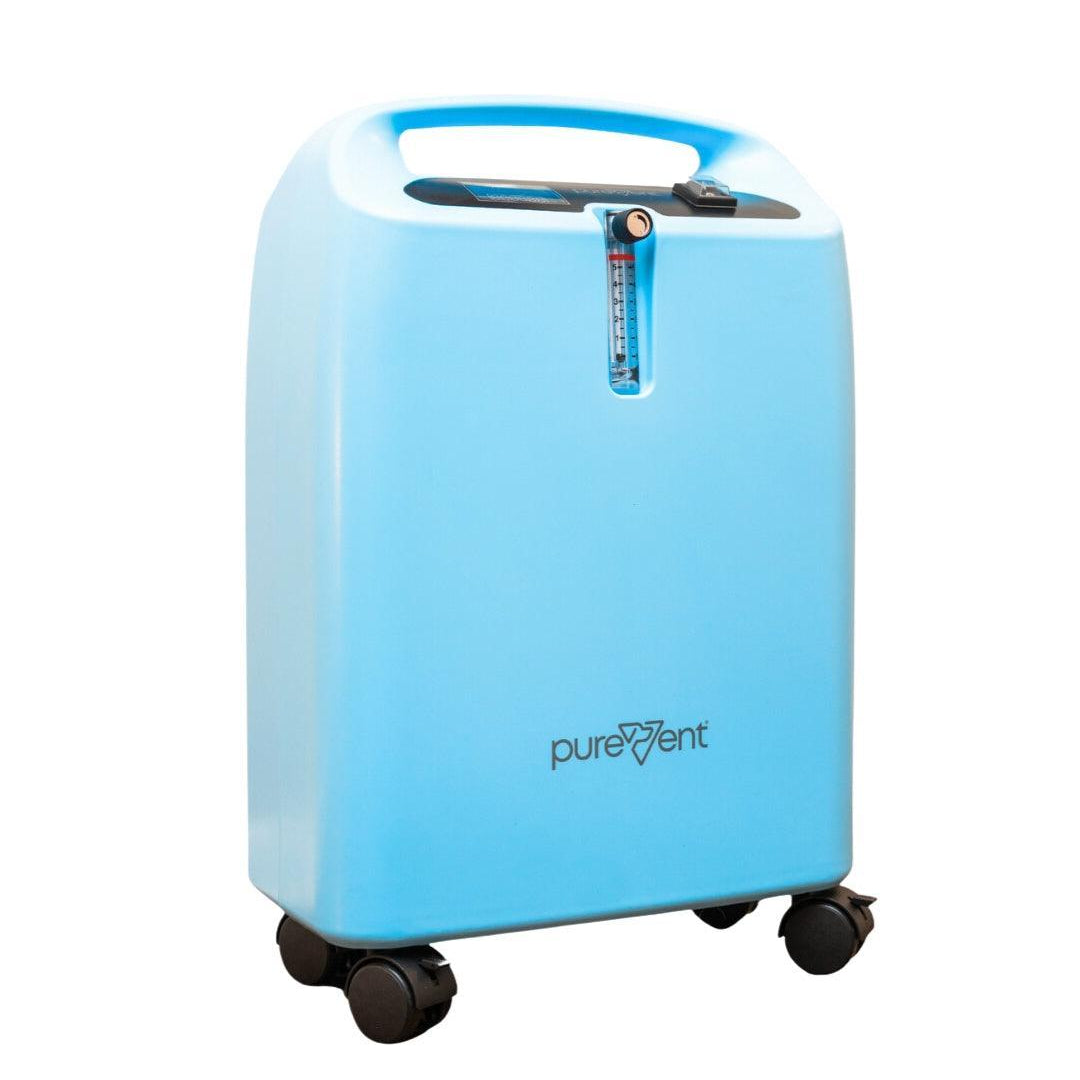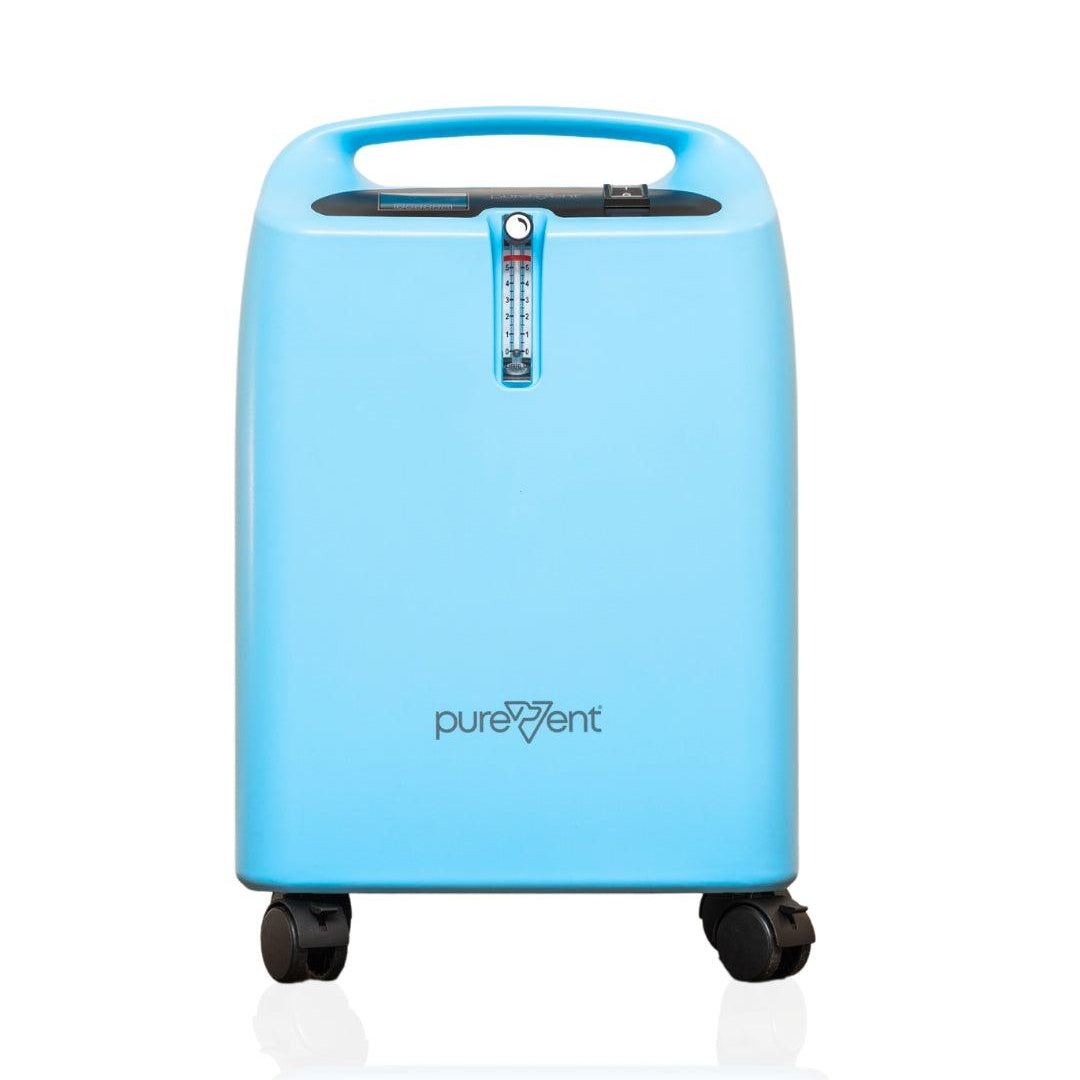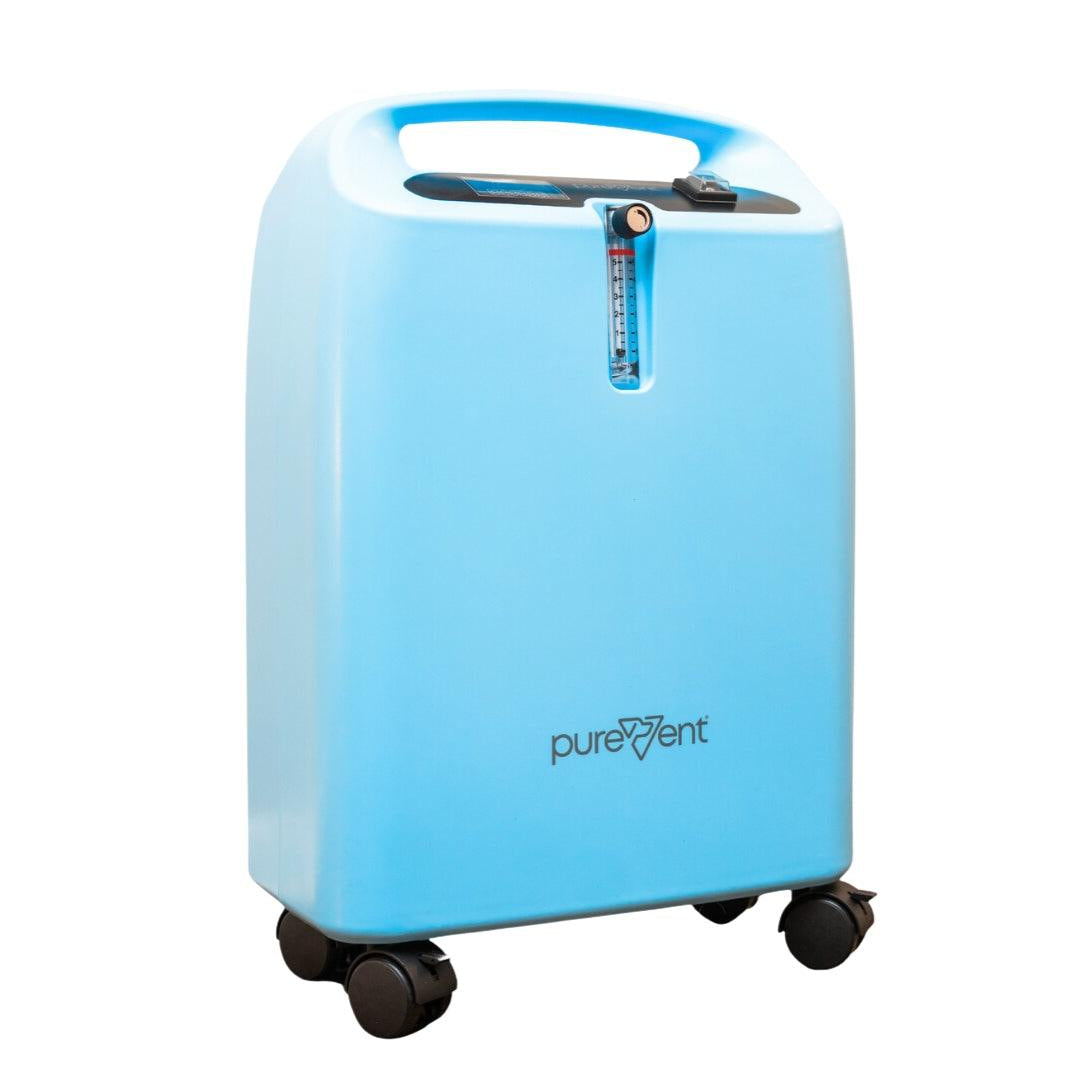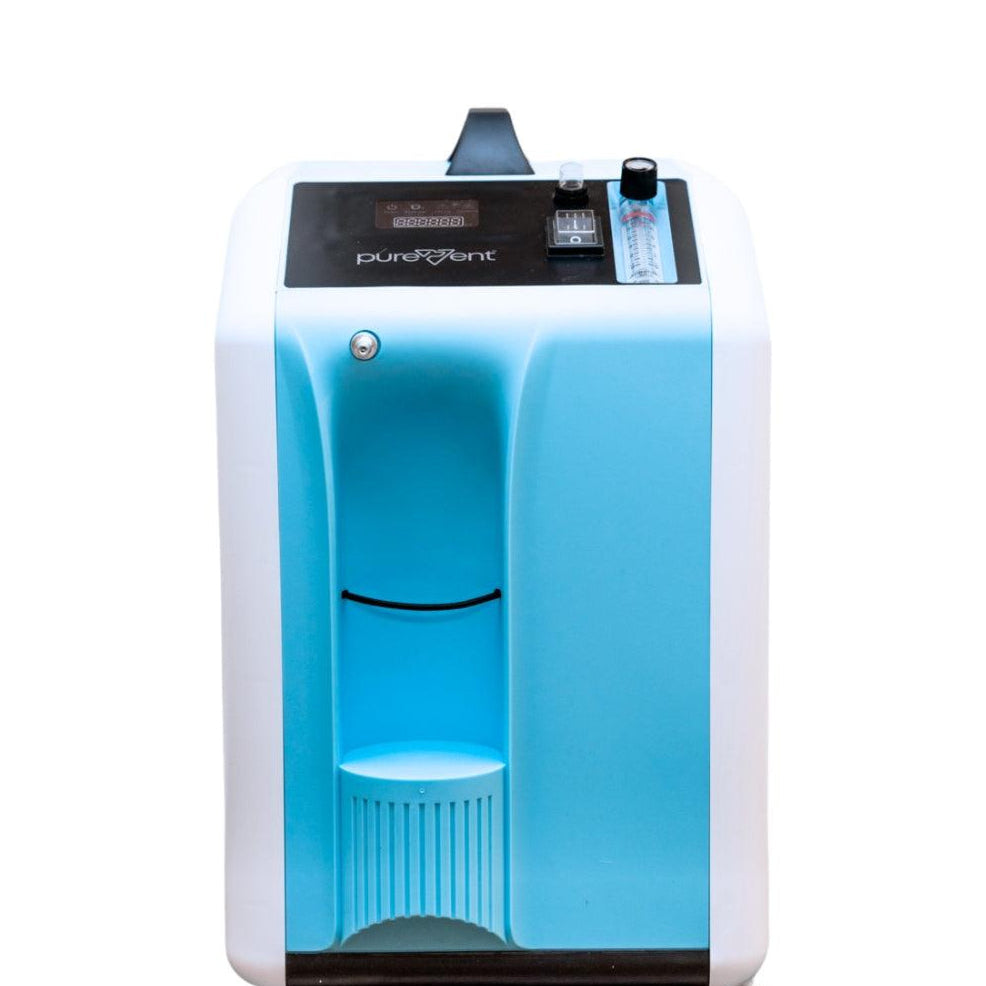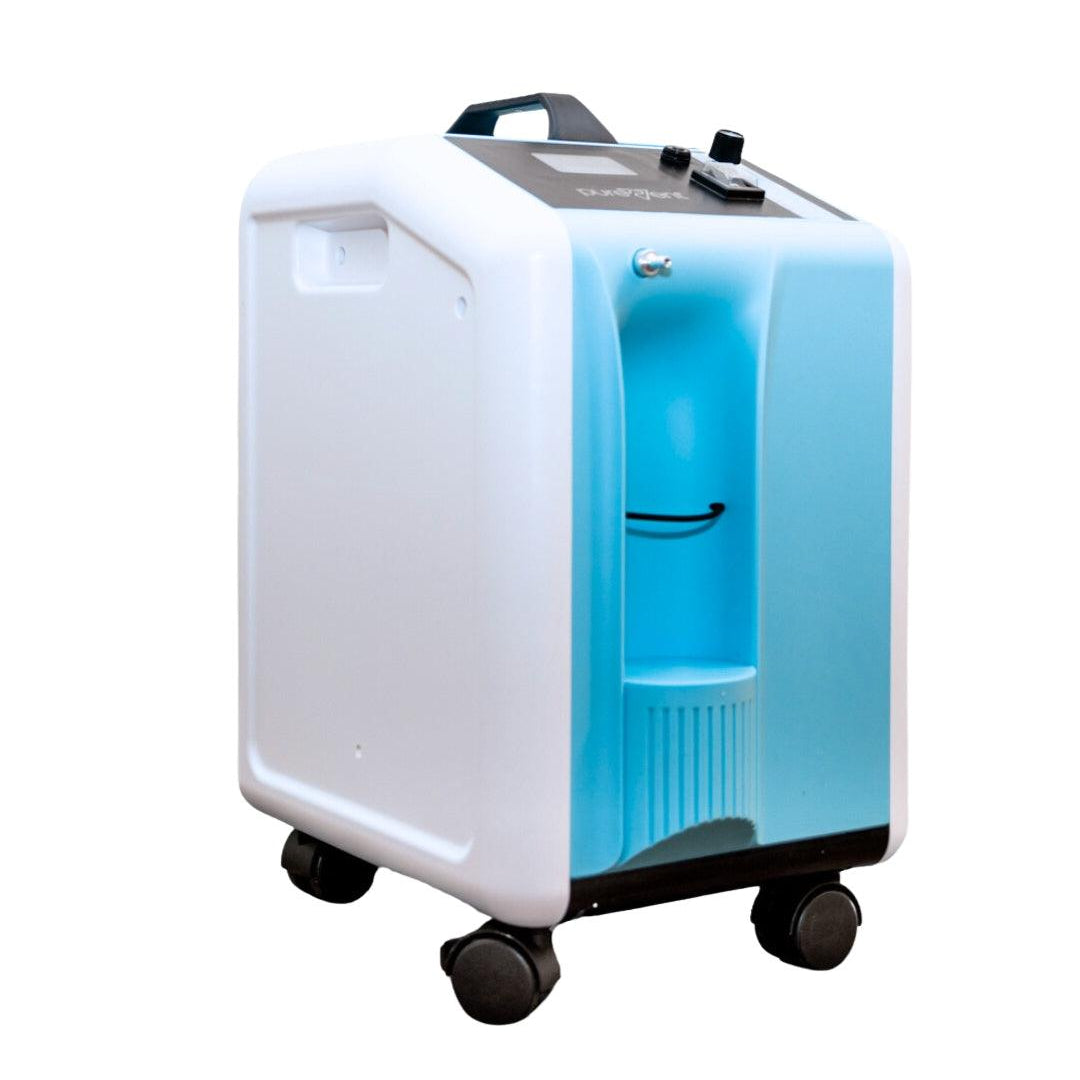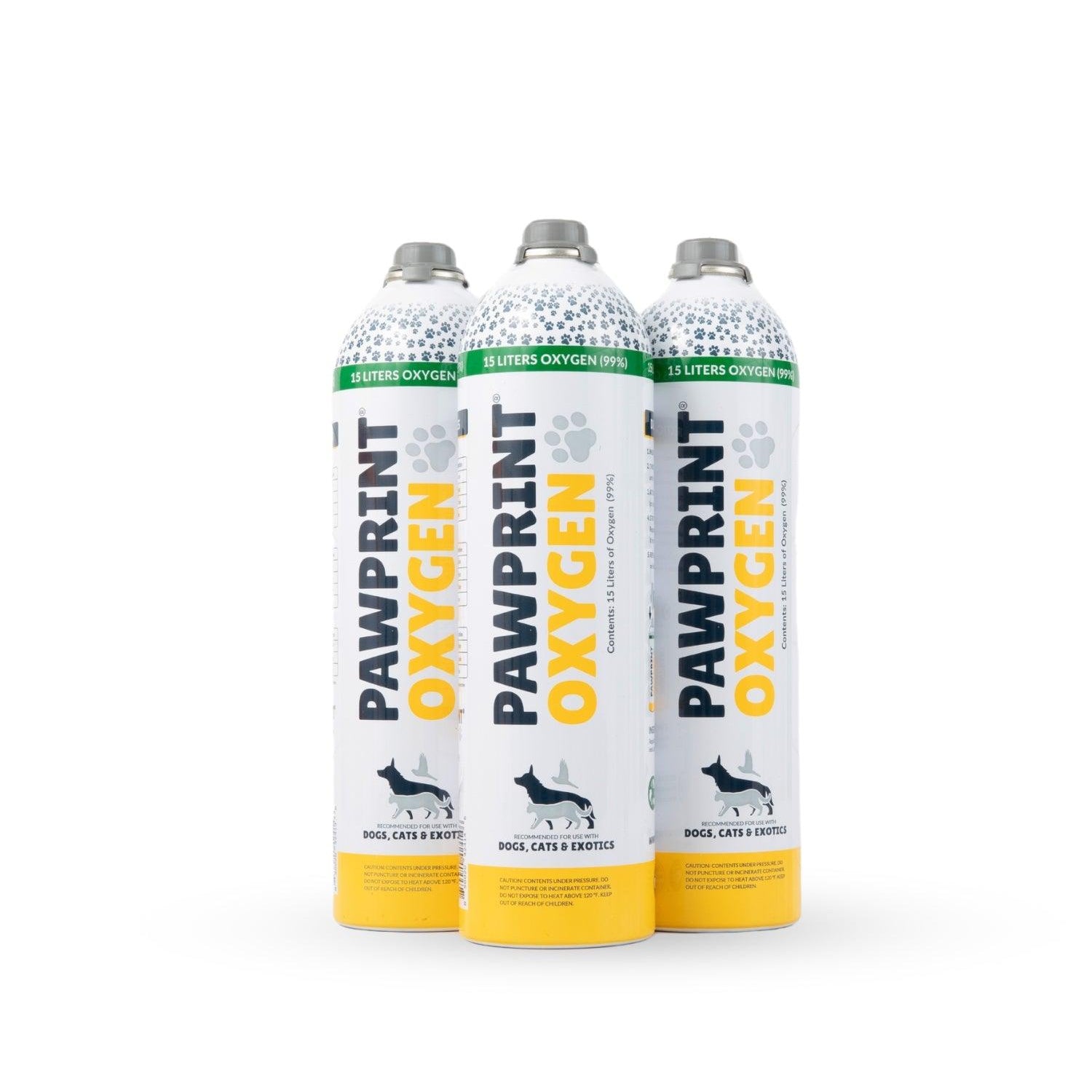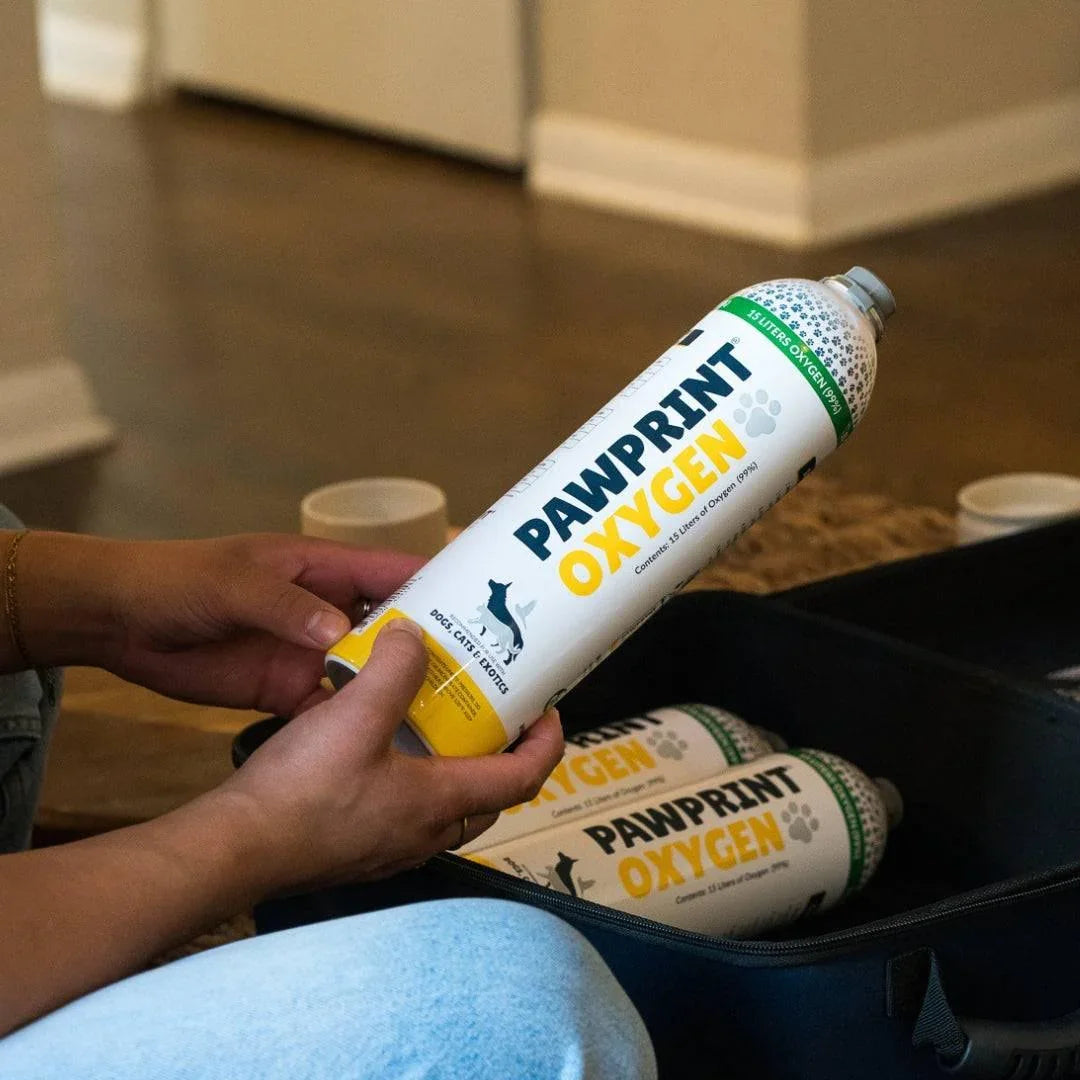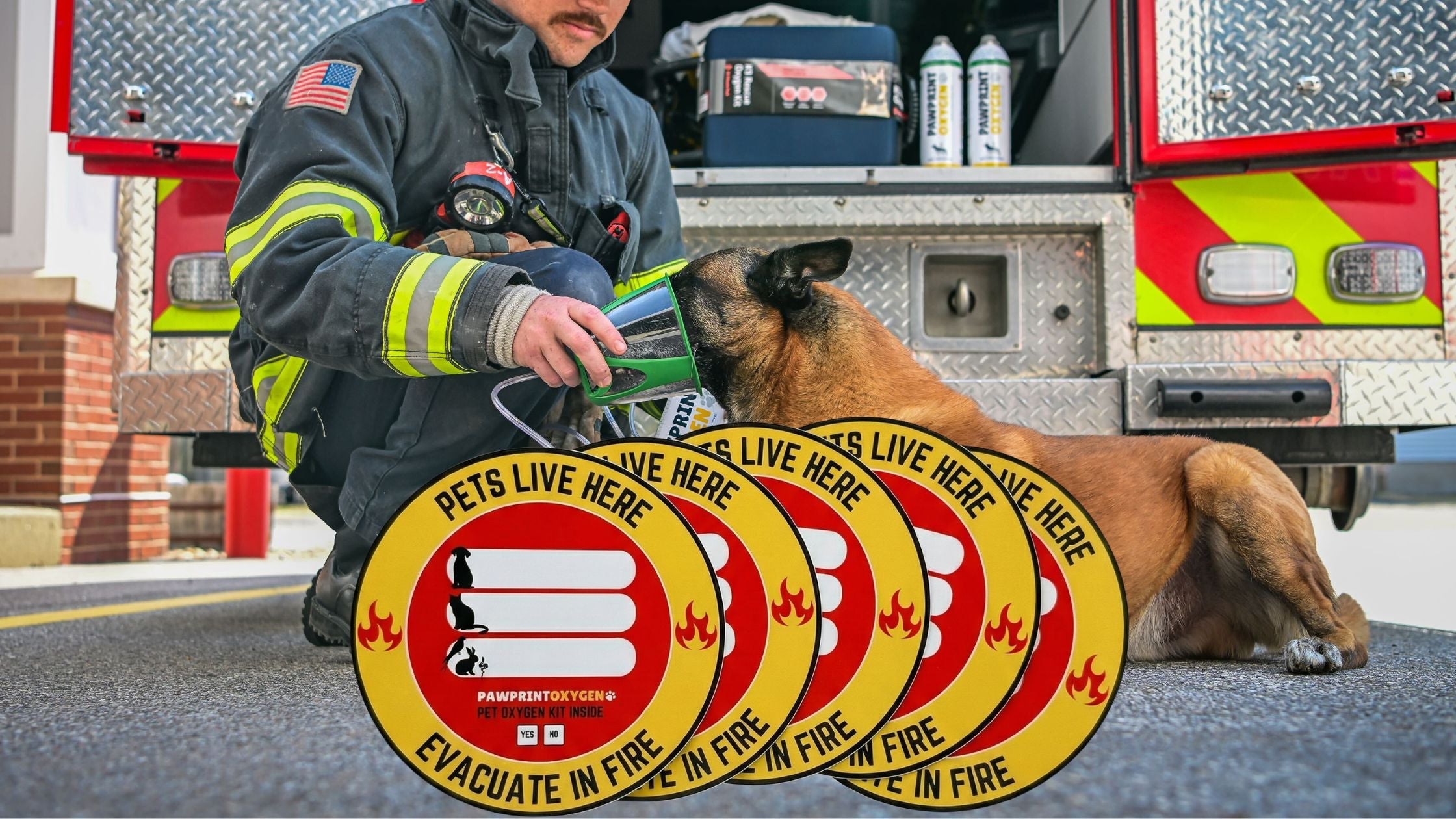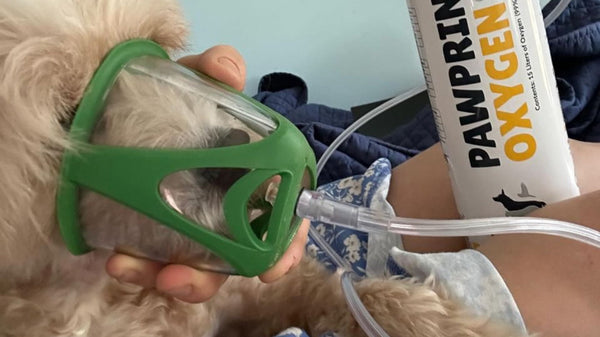Pulmonary hypertension (PH) is a serious condition in dogs, marked by high blood pressure in the lung arteries, straining the heart and potentially leading to heart failure. It can result from conditions like heartworm, chronic lung disease, or congenital heart defects. Early signs, such as shortness of breath, coughing, fatigue, and fainting, are key to managing the disease and improving your dog’s quality of life.
While conventional medical treatments, such as vasodilators and diuretics, remain the mainstay of therapy, early diagnosis and a holistic treatment approach can provide the best outcomes. Natural treatments, when used alongside veterinary care, offer complementary support to help manage pulmonary hypertension in dogs. These natural therapies, which include dietary adjustments, oxygen support, herbal remedies, and lifestyle modifications, can play a role in reducing symptoms, improving heart and lung function, and supporting overall well-being.
In this article, we’ll explore some of the most effective natural treatments for pulmonary hypertension in dogs and how they can be incorporated into a comprehensive treatment plan.
Table of Contents
Understanding Pulmonary Hypertension in Dogs
Pulmonary hypertension in dogs occurs when there is abnormally high blood pressure in the arteries of the lungs. This condition causes the blood vessels in the lungs to narrow or become blocked, which in turn forces the heart to work harder to pump blood. Over time, this increased pressure can lead to heart strain, weakening the heart muscles and making it more difficult for the dog’s body to receive sufficient oxygen. Pulmonary hypertension in dogs is often secondary to other health conditions, including heartworm disease, chronic respiratory issues, or congenital heart problems, but it can also occur without a clear cause ( called idiopathic pulmonary hypertension).

How Pulmonary Hypertension Affects the Heart and Lungs
In dogs with pulmonary hypertension, the primary burden falls on the right side of the heart, which is responsible for pumping blood into the lungs. The elevated pressure in the pulmonary arteries means that the right ventricle must exert extra effort to push blood through the lungs. Over time, this strain can lead to right-sided heart failure, a serious condition where the heart can no longer effectively pump blood. In addition, the lungs suffer from reduced oxygen exchange, which exacerbates respiratory symptoms like labored breathing, coughing, and fainting spells.
Left untreated, pulmonary hypertension in dogs can progressively worse, reducing quality of life and life expectancy. However, with timely diagnosis and intervention, it is possible to manage the condition and improve your dog’s comfort.
Conventional vs. Natural Treatments For Dogs
The conventional treatment approach for pulmonary hypertension in dogs typically involves medications to reduce blood pressure in the lungs, alleviate fluid buildup, and enhance heart function. Common pharmaceutical interventions include vasodilators like sildenafil, diuretics, and drugs to manage underlying diseases, such as heartworm preventatives or treatments for respiratory issues. While these medications are essential for stabilizing a dog’s condition, they often focus on symptom management rather than the root cause of pulmonary hypertension.
Natural treatments, on the other hand, are not a replacement for conventional therapies but can complement them by targeting the underlying health of the cardiovascular and respiratory systems. Dietary adjustments, herbal supplements, and other holistic approaches aim to reduce inflammation, improve heart function, and promote overall well-being. By integrating natural treatments with veterinary-prescribed medications, pet owners can adopt a more holistic strategy to manage pulmonary hypertension and improve their dog’s quality of life.
Dietary Changes That Support Cardiovascular Health
Diet plays a crucial role in managing pulmonary hypertension in dogs. Making the right dietary adjustments can help reduce inflammation, support cardiovascular health, and manage symptoms associated with the condition. While no diet can cure pulmonary hypertension, certain foods and nutrients can offer significant benefits in reducing the strain on your dog’s heart and lungs.
Some dietary adjustments to make to support your dogs cardiovascular health:
Anti-inflammatory Diet for Pulmonary Health: Chronic inflammation worsens pulmonary hypertension, straining your dog’s heart and lungs. An anti-inflammatory diet with lean proteins, leafy greens, and healthy fats like fish oil supports heart and lung health. Avoid processed foods and additives to help reduce inflammation and improve your dog's well-being.
Foods Rich in Omega-3 Fatty Acids: Omega-3 fatty acids, especially EPA and DHA, support heart health and reduce inflammation. They lower blood pressure, improve circulation, and benefit dogs with pulmonary hypertension. Fish oil is a top source, along with salmon, sardines, and flaxseed. Consult your vet for proper dosage to avoid over-supplementation.
Reducing Sodium Intake to Manage Blood Pressure: Reducing sodium helps lower blood pressure and fluid retention in dogs with pulmonary hypertension. Avoid high-sodium commercial foods and processed treats, opting for low-sodium or homemade diets. Make dietary changes gradually, with your vet's guidance, to ensure balanced nutrition.
Antioxidant-Rich Foods and Supplements: Antioxidants help protect the heart and lungs from damage by neutralizing free radicals. Adding foods like blueberries, spinach, and carrots to your dog's diet supports cell health. Vitamin E and C supplements can reduce inflammation, improve blood flow, and strengthen the immune system, benefiting dogs with pulmonary hypertension.
What is Pulmonary Hypertension?
Pulmonary hypertension is a condition where the blood pressure in the pulmonary arteries become constricted or blocked, preventing blood from flowing properly.
What Causes Pulmonary Hypertension?
There are many causes of pulmonary hypertension in pets. Congenital heart defects, kidney disease, pancreatitis, and illnesses such as chronic bronchitis, pneumonia, and certain cancers can all be a cause of pulmonary hypertension.
What Are Some Common Symptoms of Pulmonary Hypertension?
Exercise intolerance
Labored or rapid breathing
Coughing, sometimes with bloody spittle present
Fainting
Weight loss
Abnormal lung sounds (crackles or wheezes)
Heart murmur
Cyanosis (when the tongue or gums turn blue or purple)
Distended abdomen or fluid build-up
Prominent jugular veins in neck in the limbs
Herbal Remedies and Natural Supplements For Pulmonary Hypertension
In addition to dietary adjustments, certain herbal remedies and natural supplements have shown promise in supporting heart function and reducing the symptoms of pulmonary hypertension in dogs. These natural treatments can help regulate blood pressure, improve heart muscle strength, and boost energy production at the cellular level. However, it is essential to use these remedies under veterinary guidance to ensure they are safe and appropriate for your dog’s condition.
Hawthorn: Benefits for Heart Health and Blood Pressure Regulation
- Dilates blood vessels, improving blood flow and reducing the heart's workload.
- Strengthens heart muscle and regulates heart rhythms.
- Lowers blood pressure, beneficial for dogs with pulmonary hypertension.
- Antioxidant properties reduce oxidative stress, protecting heart and lung tissue.
- Consult your vet for proper dosage and medication interactions.
Coenzyme Q10 (CoQ10): Supporting Heart Function and Oxygen Delivery
- Key antioxidant in energy production, especially for the heart.
- Supports heart function by providing energy for effective blood pumping.
- Improves oxygen delivery to tissues, aiding respiratory symptoms.
- Often recommended alongside conventional treatments for heart conditions.
L-carnitine: Improving Energy Production in Heart Cells
- Transports fatty acids into cells for energy production.
- Helps meet increased energy demands in dogs with pulmonary hypertension.
- Supports better heart function, alleviating fatigue and weakness.
- Especially beneficial for breeds prone to heart problems; consult a vet for dosage.
Taurine: Supporting Heart Muscle Strength
- Vital for heart muscle strength and function, especially in taurine-deficient breeds.
- Strengthens heart muscle, improves circulation, and supports cardiovascular health.
- Beneficial for breeds like Dobermans, Golden Retrievers, and Cocker Spaniels.
- Testing for deficiencies and consulting with a vet is essential for dosing.
Safe Use of Herbal Remedies and Supplements
While herbal remedies and supplements can offer significant benefits for dogs with pulmonary hypertension, they must be used with caution. Natural does not always mean safe, especially when combined with conventional medications. Always consult with your veterinarian before starting any herbal remedies or supplements to ensure they are appropriate for your dog’s specific condition and treatment plan. Your vet will also help determine the correct dosages and monitor for potential interactions with prescribed medications.

Essential Oils for Respiratory Support
Essential oils have been used for centuries to support overall health and well-being, and certain oils can provide respiratory benefits for dogs with pulmonary hypertension. When used correctly, essential oils like lavender and eucalyptus may help ease breathing, reduce stress, and promote a sense of calm, making it easier for dogs to manage the challenges of pulmonary hypertension. However, it is crucial to use these oils safely, as dogs are highly sensitive to scents, and improper use can lead to respiratory irritation or toxicity.
Safe Essential Oils to Ease Breathing
Certain essential oils are known for their ability to support respiratory function and reduce inflammation, making them helpful for dogs with pulmonary hypertension:
- Lavender: Lavender oil is widely known for its calming and stress-relieving properties. For dogs with pulmonary hypertension, lavender can help relax the respiratory muscles, making it easier for them to breathe. It also has mild anti-inflammatory properties, which can help reduce irritation in the airways.
- Eucalyptus: Eucalyptus oil is commonly used to support respiratory health. Its decongestant properties can help open up the airways, making breathing less labored for dogs with respiratory issues. Eucalyptus also has antimicrobial and anti-inflammatory benefits, which can assist in managing underlying respiratory infections that may contribute to pulmonary hypertension.
While these oils can provide relief, it is essential to remember that not all essential oils are safe for dogs. Oils like tea tree, wintergreen, and peppermint can be harmful and should be avoided. Always use pet-safe essential oils and follow proper guidelines for application.
How to Use Essential Oils Safely
There are two common methods for using essential oils for dogs, diffusion and topical application. Each method has its own set of precautions to ensure your dog benefits from the oils without experiencing any adverse effects.
- Diffusion: Using a diffuser is a safe way to introduce essential oils like lavender or eucalyptus to your dog’s environment, promoting calm and respiratory support. Ensure the room is well-ventilated and never run the diffuser in an enclosed space. Start with short sessions and watch for any discomfort. Always give your dog the option to leave if the scent is overwhelming.
- Topical Application: For targeted relief, dilute essential oils with a carrier oil like coconut or olive oil before applying to your dog’s chest or back. Use one drop of essential oil per teaspoon of carrier oil. Gently massage the mixture into the chest to support breathing, and watch for any signs of skin irritation.
When used properly, essential oils like lavender and eucalyptus can complement a comprehensive care plan for dogs with pulmonary hypertension, providing respiratory support and promoting a calming environment.
Safety Precautions When Using Essential Oils
While essential oils can be beneficial, improper use can cause more harm than good. Here are a few key safety precautions to keep in mind:
- Always Dilute Essential Oils: Never apply undiluted essential oils directly to your dog’s skin, as this can cause irritation or burns.
- Monitor Your Dog’s Reactions: Watch for any signs of discomfort, such as coughing, sneezing, excessive licking, or restlessness. If your dog seems uncomfortable, stop using the oil immediately.
- Avoid Using Around Puppies, Elderly Dogs, or Dogs with Known Respiratory Issues: Some dogs are more sensitive to essential oils, especially those with pre-existing respiratory conditions. Consult your veterinarian before introducing essential oils if your dog falls into these categories.
- Consult Your Vet: Always consult with your veterinarian before using essential oils to ensure they are safe and appropriate for your dog’s specific condition.
Using Acupuncture and Acupressure For Pulmonary Hypertension
In the holistic management of pulmonary hypertension in dogs, acupuncture and acupressure have gained recognition for their ability to stimulate blood flow, reduce stress, and improve overall circulation. Both therapies are rooted in Traditional Chinese Medicine (TCM) and offer non-invasive, natural ways to support your dog’s cardiovascular and respiratory systems. These techniques can be particularly helpful in alleviating symptoms and improving your dog’s quality of life when combined with conventional treatments.
How Acupuncture Stimulates Blood Flow and Eases Pulmonary Hypertension Symptoms
Acupuncture involves the insertion of thin, sterile needles into specific points on the body to promote healing and balance energy flow, or “qi,” throughout the body. In dogs with pulmonary hypertension, acupuncture can help improve circulation, particularly to the lungs and heart, where enhanced blood flow is crucial. By increasing blood flow, acupuncture helps deliver more oxygen and nutrients to the affected areas, which can reduce the burden on the heart and improve respiratory function.
In addition to its effects on blood circulation, acupuncture stimulates the release of endorphins and other natural pain-relieving chemicals in the body. This helps to reduce stress and discomfort, which are common in dogs suffering from pulmonary hypertension. The therapy can also relax the muscles around the chest and airways, easing breathing difficulties. Many veterinarians trained in acupuncture have reported significant improvements in dogs' symptoms after incorporating regular acupuncture sessions into their treatment plans.
Benefits of Acupressure for Managing Stress and Improving Circulation
- Uses gentle pressure on key points instead of needles, appealing to pet owners uncomfortable with acupuncture.
- Activates points related to heart, lungs, and circulation, promoting relaxation and blood flow.
- Helps manage stress, reducing strain on the heart and lungs by lowering blood pressure.
- Improves circulation by moving blood and lymphatic fluids, reducing swelling and enhancing oxygen delivery.
- Can be performed at home with proper instruction from a vet or certified practitioner.
- Consult your vet for guidance on suitable points and techniques.
Oxygen Therapy for Pulmonary Hypertension in Dogs
Oxygen therapy is a critical supportive treatment for dogs with pulmonary hypertension, offering immediate relief from symptoms and reducing the strain on the heart and lungs. This non-invasive therapy provides supplemental oxygen to help improve blood oxygen levels, easing the workload on the heart and allowing the lungs to function more efficiently. When used correctly, oxygen therapy can greatly enhance a dog's quality of life, particularly in advanced stages of pulmonary hypertension.
The Role of Oxygen in Reducing Stress on the Heart and Lungs
Pulmonary hypertension places immense pressure on a dog’s cardiovascular and respiratory systems. The reduced blood flow in the lungs makes it difficult for the dog to get adequate oxygen, leading to symptoms such as labored breathing, fatigue, and fainting episodes. Supplemental oxygen provides immediate relief by increasing the oxygen content in the bloodstream. This allows the dog to breathe more easily, reducing stress on the lungs and lowering the workload on the heart.
By ensuring the heart doesn’t have to work as hard to pump oxygenated blood, oxygen therapy helps manage the symptoms of pulmonary hypertension and prevents further deterioration of heart function. It also reduces the risk of hypoxia (low oxygen levels), which can cause organ damage and other complications.
Using Oxygen Therapy as a Supportive Treatment for Pulmonary Hypertension
One of the most significant benefits of oxygen therapy for dogs with pulmonary hypertension is its portability. With modern solutions like Pawprint Oxygen's Portable Oxygen Kit, pet owners can administer oxygen therapy at home or on the go, ensuring their dog receives support whenever symptoms arise. Portable oxygen canisters allow for flexible, convenient treatment options that can be integrated into your dog's daily life without the need for frequent veterinary visits.
Whether during an acute episode or for long-term management, portable oxygen therapy can be administered using portable oxygen canisters or oxygen concentrators, depending on the dog’s needs. Oxygen concentrators are designed to deliver a steady flow of oxygen, allowing the dog to breathe more easily and experience immediate relief. These units must be plugged in, so are used for long-term home therapy for treatment of pulmonary hypertension. Portable oxygen canisters, on the other hand, are particularly useful for dogs who may experience respiratory distress outside of the home, or who may only need a short-term therapy option. Dogs with pulmonary hypertension may experience respiratory distress during exercise or in stressful situations like traveling to the vet for an appointment, and having portable oxygen canisters on hand allows pet owners to provide support at a moment’s notice.

Introducing Pawprint Oxygen
For pet owners seeking reliable oxygen therapy solutions, Pawprint Oxygen is the leading provider of portable oxygen for pets. Pawprint Oxygen offers a comprehensive range of oxygen therapy products, including portable oxygen kits, oxygen concentrators, and accessories designed specifically for dogs with respiratory conditions like pulmonary hypertension. With easy-to-use products and exceptional customer support, Pawprint Oxygen makes it simple for pet owners to administer oxygen therapy at home or on the go.
Pawprint Oxygen’s portable oxygen kits are ideal for emergencies that may arise from pulmonary hypertension or for daily use, and their oxygen concentrators provide long-term support for pets who need consistent oxygen therapy. By partnering with veterinarians and offering tailored solutions for dogs with pulmonary hypertension, Pawprint Oxygen ensures that pet owners can provide the best possible care for their furry companions. With the right tools, pet owners can significantly improve their dog’s comfort, reduce symptoms, and enhance their overall quality of life.
Exercise and Weight Management for Dogs with Pulmonary Hypertension
Managing pulmonary hypertension in dogs requires a delicate balance between ensuring adequate physical activity and preventing overexertion. Exercise is crucial for maintaining cardiovascular health, but too much activity can place unnecessary strain on a dog’s heart and lungs. Additionally, managing your dog’s weight is vital, as obesity can exacerbate pulmonary hypertension by increasing the burden on the heart and respiratory system. By implementing a controlled exercise plan and focusing on weight management, pet owners can help improve their dog’s overall health and well-being.
Importance of Controlled Exercise to Maintain Cardiovascular Health
Exercise plays an essential role in maintaining cardiovascular health, even in dogs diagnosed with pulmonary hypertension. However, it’s important to remember that dogs with this condition should avoid strenuous or high-intensity activities, as they can cause dangerous spikes in blood pressure and exacerbate symptoms such as shortness of breath or fainting. Controlled, low-impact exercise allows dogs to stay active without overwhelming their heart and lungs.
A tailored exercise plan, developed with your veterinarian’s guidance, can help improve circulation, strengthen muscles, and support overall cardiovascular health without triggering episodes of respiratory distress. Short, frequent walks or gentle activities that allow the dog to move at a comfortable pace are ideal. Keeping exercise sessions consistent but not overly demanding helps maintain heart health and improve stamina over time.
Managing Obesity in Dogs with Pulmonary Hypertension
Obesity is a significant risk factor for dogs with pulmonary hypertension, as excess body weight increases the strain on the heart and lungs. Managing your dog’s weight is crucial for minimizing the symptoms of pulmonary hypertension and reducing the overall workload on the heart. Obesity can also make breathing more difficult, as excess fat around the chest and abdomen may compress the lungs and limit their ability to expand fully.
Working with your veterinarian to develop a healthy weight management plan for your dog with pulmonary hypertension is the first step in helping your dog shed excess pounds. This plan typically involves a combination of portion control, a low-calorie, nutrient-dense diet, and controlled exercise. Weight loss should be gradual to avoid sudden stress on your dog’s body. Maintaining an ideal weight can significantly improve a dog’s energy levels, breathing ability, and overall quality of life.
It’s important to regularly assess your dog’s energy levels and physical limitations when incorporating exercise. If your dog shows signs of discomfort, breathing difficulties, or fatigue, stop the activity immediately and provide them with a calm environment to rest.
By combining controlled exercise with weight management, pet owners can help dogs with pulmonary hypertension maintain their health and reduce the overall burden on their cardiovascular system.
Types of Low-Impact Exercises Beneficial for Dogs with Pulmonary Hypertension
Low-impact exercises are essential for dogs with pulmonary hypertension, as they provide the benefits of physical activity without the risk of overexertion. The following exercises are gentle on the cardiovascular system and help improve muscle tone, flexibility, and circulation:
- Short, slow walks: Gentle walks on flat terrain are an excellent way for dogs with pulmonary hypertension to get some fresh air and light exercise. Keep the pace slow and steady and monitor your dog for any signs of fatigue or respiratory distress.
- Swimming: Swimming is one of the best low-impact exercises for dogs with pulmonary hypertension. The buoyancy of the water reduces strain on the joints and muscles, allowing your dog to move without putting extra pressure on the heart or lungs. However, swimming should always be supervised to ensure safety.
- Treadmill walking: For dogs who need to avoid outdoor allergens or weather extremes, controlled treadmill walking under supervision can be an effective alternative. Adjust the treadmill to a slow speed and allow the dog to walk at a comfortable pace.
- Gentle play sessions: Light, indoor play sessions with toys can help your dog stay active and engaged without intense physical exertion. Avoid games that require running, jumping, or sudden bursts of energy.
Reducing Stress in the Environment
For dogs with pulmonary hypertension, managing stress is a vital part of treatment. Stress and anxiety can increase blood pressure, further straining the heart and lungs. By creating a calm, stress-free environment, pet owners can help their dogs relax, improve their overall well-being, and reduce the risk of triggering respiratory symptoms. There are several techniques, including massage therapy, calming music, and creating safe spaces, that can significantly ease stress for dogs living with pulmonary hypertension.
Creating a Calm, Stress-Free Environment for Dogs with Pulmonary Hypertension
A peaceful, low-stress environment can have a profound impact on dogs with pulmonary hypertension. Stress and anxiety often lead to increased heart rates and higher blood pressure, which can worsen symptoms like labored breathing, coughing, and lethargy. Creating a calm home atmosphere helps your dog feel secure and minimizes unnecessary physical exertion caused by stress-induced behaviors such as pacing or excessive barking.
To create a stress-free environment, consider minimizing loud noises, sudden changes in routine, or introducing new pets or people that may cause anxiety. Keep your dog’s living area quiet and comfortable, with plenty of soft bedding and easy access to food, water, and their favorite toys. By maintaining a consistent routine and providing plenty of rest, you can help your dog manage pulmonary hypertension more effectively.
Techniques to Help Relax Your Dog with Pulmonary Hypertension
There are several natural techniques that can help soothe your dog and reduce stress levels, making it easier for them to cope with the symptoms of pulmonary hypertension:
- Massage Therapy: Gentle massage relaxes your dog’s muscles, improves circulation, and promotes calm. Focusing on the neck, shoulders, and back reduces tension and encourages deep breathing. Massage also releases endorphins, offering relief from discomfort caused by pulmonary hypertension. Regular, gentle massages can help keep your dog comfortable, as long as they’re suited to your dog’s tolerance.
- Calming Music: Music therapy can effectively reduce stress in dogs. Soft, calming music with slow rhythms lowers heart rates and promotes relaxation, especially classical music. It helps reduce anxiety and supports deep breathing in dogs with pulmonary hypertension. Play calming music during stressful times or as part of your dog’s daily routine to maintain a peaceful environment.
- Creating Calming Spaces: Creating a quiet, comfortable safe space for your dog is key to reducing stress. This could be a cozy bed, a crate with soft bedding, or a quiet room where they can relax undisturbed. A designated area gives your dog a sense of security and control, helping to ease anxiety and prevent stress from escalating.
By incorporating these stress-reducing techniques into your dog’s daily routine, you can help alleviate some of the pressure on their cardiovascular system and improve their overall quality of life.
Importance of Regular Veterinary Check-ups
While natural treatments can provide valuable support for dogs with pulmonary hypertension, regular veterinary check-ups remain essential for managing pulmonary hypertension effectively. Ongoing monitoring by a veterinarian ensures that the disease is being managed properly, that any adjustments to treatment are made as needed, and that your dog’s overall health is prioritized. Combining natural treatments with prescribed medications under the guidance of your veterinarian is the key to achieving the best possible outcomes for dogs with pulmonary hypertension.
The Role of Regular Monitoring and Vet-Approved Natural Treatments
Pulmonary hypertension is a progressive condition that requires careful monitoring. During veterinary check-ups, your veterinarian will assess your dog’s heart and lung function, monitor blood pressure levels, and check for any signs of disease progression. These visits allow the vet to track the effectiveness of the treatment plan and make necessary adjustments, whether it's changing medications, introducing new therapies, or revising natural treatments.
Although natural treatments can offer complementary benefits, they should always be administered under veterinary guidance. Your veterinarian will ensure that any herbal remedies, supplements, or lifestyle changes you introduce are safe and effective for your dog’s specific condition. Without proper monitoring, even natural treatments can sometimes lead to unintended interactions or side effects. By working closely with your vet, you can ensure that your dog receives the full benefit of both natural and conventional therapies.

Combining Natural Treatments with Prescribed Medications for the Best Outcomes
For dogs with pulmonary hypertension, a combination of natural treatments and prescribed medications often leads to the best health outcomes. Combining natural therapies with medications allows for a more holistic approach, targeting the root causes and symptoms of pulmonary hypertension. For example, while prescribed medications work to lower blood pressure in the lungs and reduce fluid buildup, natural supplements like CoQ10 and taurine can support heart function, and anti-inflammatory diets can promote overall cardiovascular health.
The most successful treatment plans for dogs with pulmonary hypertension are those that take a well-rounded, integrative approach, blending the best of both worlds: veterinary medicine and holistic care. By maintaining regular vet check-ups and staying open to a combination of treatments, you can help your dog lead a healthier, more comfortable life despite the challenges of pulmonary hypertension.
Striking the Perfect Balance
Natural treatments offer promising support for managing pulmonary hypertension in dogs, complementing conventional medical therapies by targeting overall cardiovascular health, reducing stress, and improving quality of life. From dietary adjustments rich in omega-3 fatty acids to herbal supplements, essential oils, and acupuncture, these holistic options can help reduce the symptoms associated with this serious condition.
However, it’s important to remember that while natural treatments can be beneficial, they should never be used as a substitute for prescribed medications or veterinary care. Always consult with your veterinarian before introducing any new natural therapies to ensure they are safe and appropriate for your dog’s specific condition. Your veterinarian can help you develop an integrative treatment plan that combines the best of both conventional and natural approaches, tailored to your dog’s needs.
By taking a holistic approach that incorporates both medical interventions and natural treatments, you can help manage pulmonary hypertension more effectively, allowing your dog to live a more comfortable and fulfilling life.
